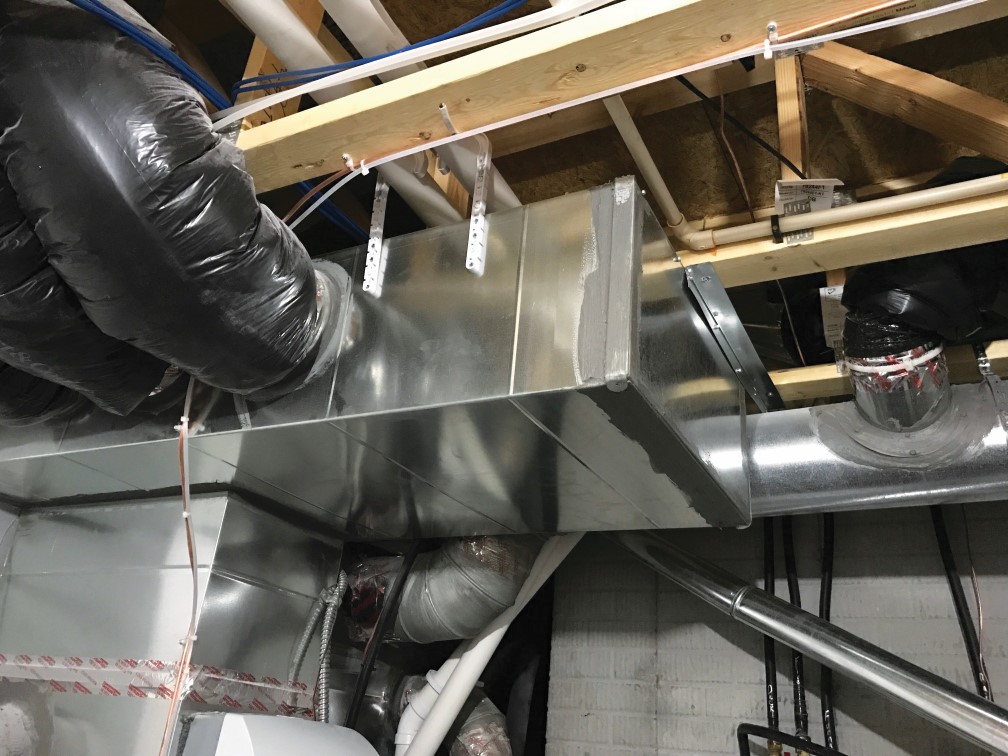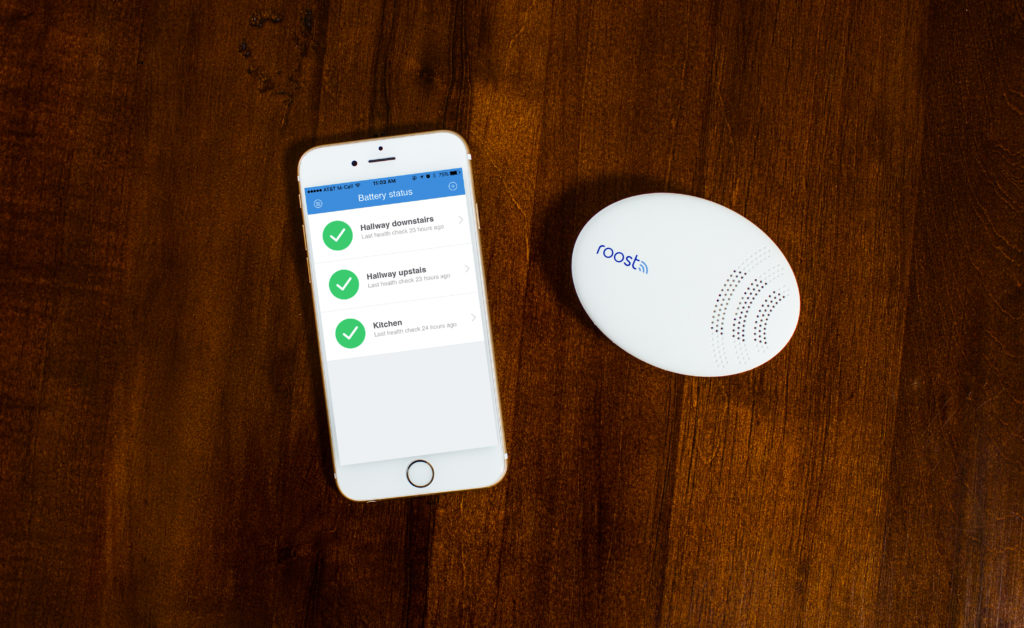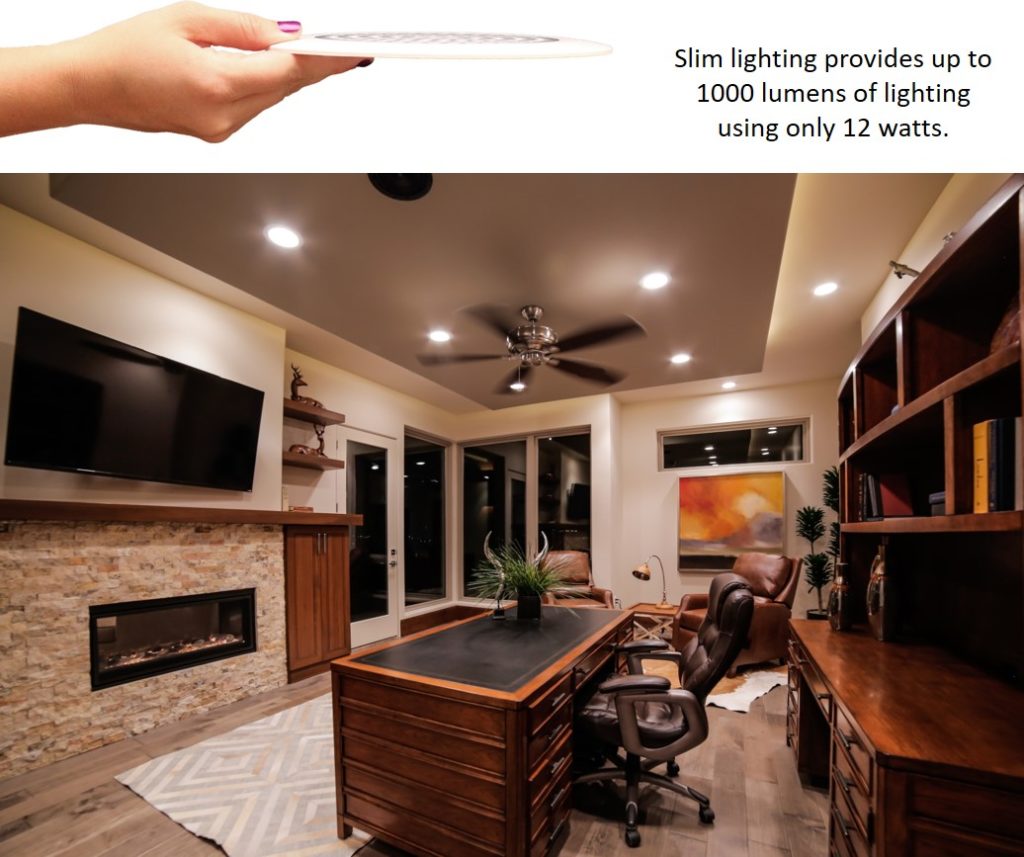Eco-friendly home upgrades can be beneficial for a variety of reasons for both you and the environment. From installing new systems and appliances to reducing our waste, every green choice we make helps us create a better environment for the planet. It’s important as citizens of this planet that we consider our daily actions and the ways that we can do our small part.
However, these home upgrades can become costly depending on the choices you make. Incurring expenses such as these can be particularly difficult to manage as a new homeowner who has already invested a lot in the house buying process. Because of this, it’s important that you research your options and decide what is best for you. To help you out, we’ve put together a list of green choices to implement into your new home that won’t break the bank.
Check for Proper Installation
When you purchase a new home, it’s always important to have a proper inspection completed. This will help highlight any areas of the house that need improvement. Many home inspectors also offer what’s known as a green home inspection. Ask about these services during your inspection. This can provide an expert opinion on any areas of your home’s structure or systems where efficiency may be lacking, such as leaky air ducts.
It’s important as a new homeowner to be aware of these efficiency gaps so that you can fix them and improve your home’s energy output. Otherwise, air will be able to escape, causing certain systems in your home such as heating, venting, and air circulating (HVAC) to work harder, thus increasing wasted energy, utility bills, and the effect your carbon footprint has on the environment. Thankfully, before you purchase the home you can also get a home warranty, which will help cover any maintenance and repairs of these systems.
Photo courtesy of Aeroseal
Invest in Smart Home Technology
Another cost-effective green upgrade is incorporating smart home devices into your home. Whether you choose to purchase a smart thermostat or a smart outlet, these simple devices can help you monitor your energy consumption. Thanks to the increasing demand for smart home devices, they have become more easily accessible and affordable. There is a wide range of vendors to choose from, so be sure to research the difference in these devices’ capabilities before committing to one.
Depending on which devices you choose, you could save an average of 5%-22% annually on your energy bills. The savings you will notice on your energy bills will quickly accumulate enough to pay for your initial investment into these devices.
Photo courtesy: Roost Home Telematics
Choose Eco-Friendly Lighting and Appliances
One of the easiest home upgrades you can make is switching out your home’s current lighting and appliances for more eco-friendly options. Though LED light bulbs cost a little more, they can last significantly longer than their incandescent counterparts and also use less energy. This project can also be completed in one short afternoon, making it well worth your time. (Photo courtesy: iLumigreen)
When choosing appliances, you’ll also want to look for the most environmentally friendly options available. Appliances that use less water and energy typically cost about the same as traditional options. Simply ask your local appliance store to show you options that are certified by the federal Energy Star program. These products are labeled with the official Energy Star seal and will be marked as so. This signifies a product that meets the requirements of the program's energy-efficient rating system.
Repurpose Furniture
According to the Environmental Protection Agency, 12.2 million tons of furniture and furnishings waste is produced each year. This waste can be hazardous to the environment and producing new furniture only adds to our global carbon footprint. By purchasing used furniture from an antique shop, a thrift store, or simply repurposing an old piece that you or a family member already own, you can avoid contributing to this growing statistic. By upgrading the fabric and using green-certified paint, you may be surprised to see what potential is hiding in an old piece of furniture. These upgrades can also help you save money on expensive furniture sets.
Evaluate the Landscaping
Many new homeowners tend to only consider eco-friendly upgrades on the interior of their homes, but many external factors can help contribute to lower energy costs too. Properly planning and maintaining your landscaping can help promote an eco-conscious environment for both the exterior and interior of your home. For example, when trees are planted in the right locations, they can help decrease heating and cooling costs. This is because trees create natural shade in the hotter months and when they lose their leaves in the colder months natural sunlight can pass through, helping reduce your heating costs as well.
Choosing to plant trees is an affordable option and also great for the environment. Trees have been proven to reduce pollution, improve air quality, save water, and create a natural habitat for wild animals. (Arbor Day Foundation)
No matter which upgrades you chose to make on your new home, you’ll be creating an eco-friendly environment that is beneficial to your family, the environment, and your wallet. The idea of green home upgrades doesn’t have to equate to large amounts of investment. Thankfully, there are a large number of eco-friendly projects you can do that won’t break the bank.
For more resources on thoughtful design:
- Visit our blog
- Browse our Her Home™ Magazine
- Thoughtful Design Concepts
Cover photo: <a href='https://www.freepik.com/photos/nature'>Nature photo created by freepik - www.freepik.com</a>




